‘I am only 37, but I have less than a year to live, thanks to this’
Kyle Goodwin loved being a tradie but years later he discovered he is dying from an “devastating” disease caused on the job and he’s not alone.
At Work
Don't miss out on the headlines from At Work. Followed categories will be added to My News.
At just 37, Kyle Goodwin has potentially just a year left to live after he was diagnosed with a incurable disease that was caused by his work as a tradie – a diagnosis that initially left him feeling “hopeless”.
He was a fit, young man when he started working as a stonemason back in 2004 but less than a decade in the industry ruined his lungs with his specialist telling him he was one of the “worst” he had diagnosed.
Mr Goodwin has silicosis, a progressive, incurable lung disease caused by inhaling unsafe levels of silica dust – a material that has been described as the new asbestos – leaving him breathless, with chest pains and tired all the time.
Silicosis can take up to 15 years to develop and includes symptoms like shortness of breath, cough, fever, cyanosis (bluish skin) and frequent chest infections, which lead to lung transplants and even death.
It can be caused by long-term exposure to silica dust, which is created when artificial or engineered stone is cut.
Engineered stone is a manufactured material containing high levels of crushed silica crystals that has soared in popularity in Australia as it is durable, cheap and comes in different colours and is commonly used for kitchen benchtops and bathroom fittings.
Tragically, Mr Goodwin knows at least 20 tradies who also have the disease – some who are still in their 20s.
A friend, who was an apprentice under him, urged him to get checked back in 2018 after he told him he was in a “bad way”.
Want to stream your news? Flash lets you stream 25+ news channels in 1 place. New to Flash? Try 1 month free. Offer available for a limited time only >
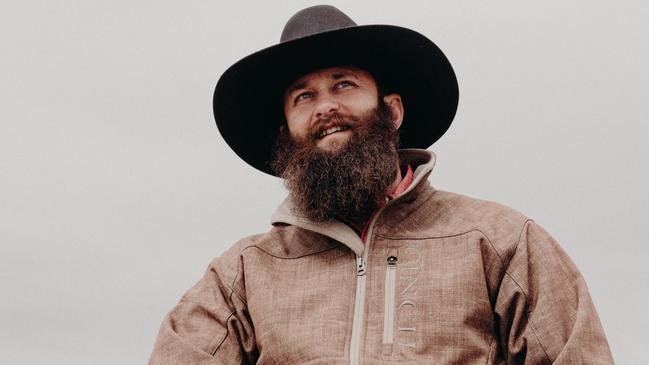
‘I was crushed’
He was told by the first specialist he had just five years to live, while a second opinion gave him “slightly better news” that he could survive for eight years.
But the news sent him into a spiral of depression and he said life became “very hard very quickly”.
“I was devastated. I was crushed … Everything you have planned for, everything you think you are going to live for seems hopeless and pointless and there was a feeling of complete and utter helplessness,” he told news.com.au.
“I initially had heard of people being diagnosed throughout the industry for a while but I thought I would be fine. But hearing you are not fine and I was actually the worst diagnosed then life becomes almost meaningless.
“I have since found meaning and reason to push on one, which is pushing for change within the industry but initially life just felt hopeless.”
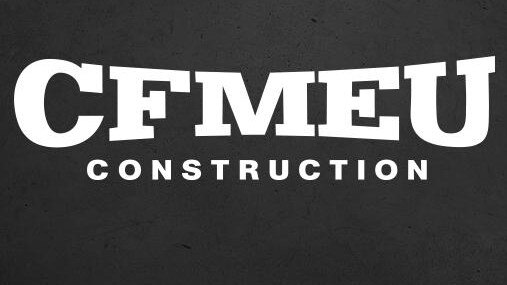
‘Australian workers will keep dying’
The CFMEU has announced that if the federal government does not ban production, importation and use of engineered stone products that can cause silicosis by July 2024, it would ban its members from handling it.
Zach Smith, ACT secretary of the CFMEU who is set to take over as national secretary next year, launched the Stop This Killer Stone campaign at the union’s national conference on Wednesday.
This would be an extremely rare form of industrial action not seen since building and construction unions banned asbestos decades ago, according to the union
Modelling by Curtin University estimates that 10,000 workers in Australia across all sectors will develop lung cancer and up to 103,000 will be diagnosed with silicosis as a result of their current exposure to silica dust at work.
“Australian workers will keep dying unless we ban engineered stone,” Mr Smith said.
“These morally bankrupt overseas companies have no social licence to sell this deadly product – and they know it. They know it is killing Australian workers but simply don’t care.
“Engineered stone is the asbestos of the 2020s. That’s exactly why we’re taking this extremely rare step of flagging a ban on CFMEU members working with this killer stone.
“Australia has one of the world’s most voracious cheap bench top habits and it could claim thousands of lives unless we quit.
“Any modest cost increase for consumers will save lives.”
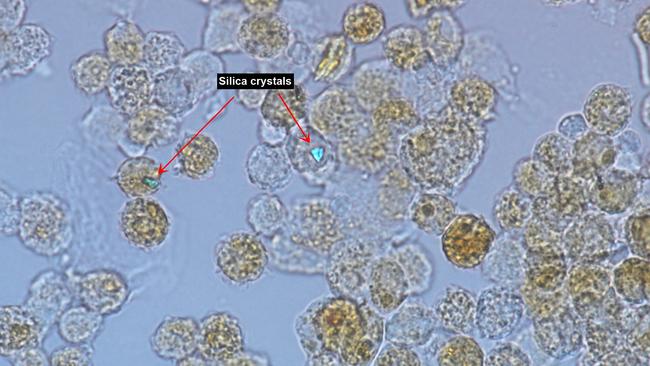
Only hope is a lung transplant
For Mr Goodwin, he left the industry in 2012, yet is facing the tragic circumstances of breathing in the dust.
He said he initially wore paper masks and later moved to more sophisticated models, but said he was “young and naive” and would take off his mask during jobs when dust was still in the air.
“You think you are indestructible as a young tradie and I think because there was no word out there around this particular illness we weren’t thinking about it,” he said.
“I like to think nowadays there is more out there ... but up until recently it was still legal to do a lot of stuff dry within Queensland, which is where I worked. We were doing everything dry therefore the amounts of dust were wild, it was very thick in the air.”
Now working as a winemaker in Tenterfield in northern NSW, Mr Goodwin said it was a blow to be diagnosed when he had been out of the industry for so long and there was nothing he could “change”.
“Silicosis is an illness that has no treatment and no cure and the only hopes are a lung transplant but that in itself is a scary thought having such a large part of your body essentially replaced,” he said.
“That is not something I look forward to and the possibility of that is pretty scary, it’s all very scary.”
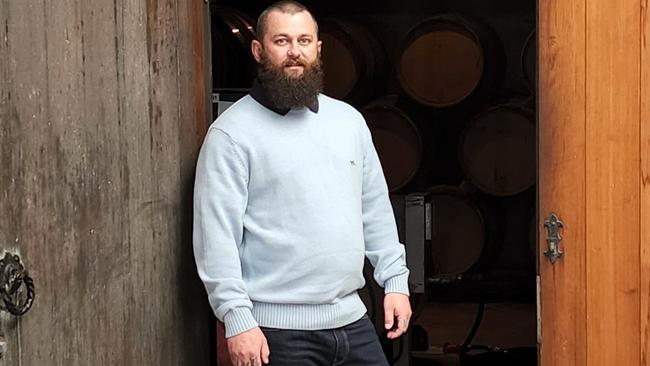
Mr Goodwin is frank that his mental health has also suffered with the diagnosis.
“I have had days where I can’t go to work because of mental health as I’m feeling so overwhelmed by the timeframe that seems to be closing in quicker and quicker, “ he said.
“Even though I try not to think about it, you can never forget about it.”
It’s also forced him to rethink his dreams – he has decided not to have children with his partner as he doesn’t want to “bring a child into this world knowing their father may die in their young years”.
“It definitely makes you think of long term goals, so for instance buying a winery or starting your own winery its like why bother when you might die next year or a couple of years time? There are definitely goals or dreams that I don’t think I will pursue because of it.”
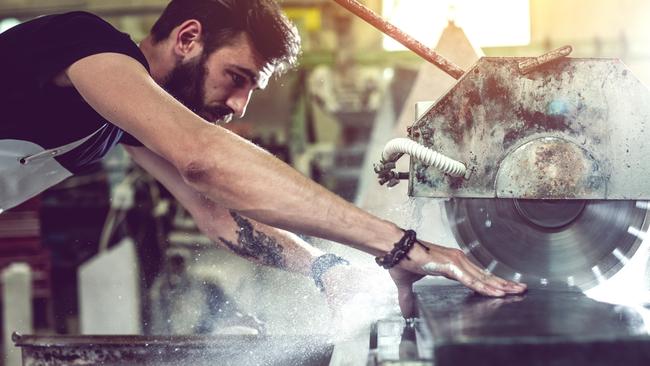
‘Dangerous to another generation’
Mr Goodwin is backing calls for the ban of engineered stone and said it can’t come quick enough. He also wants to be see an independent body enforcing safety in the workplace.
“These products like the engineered stone are so dangerous to another generation of stonemasons and it needs to be changed and changed now. I have friends in their twenties diagnosed … and we are dealing with another similar thing to asbestos and we need to put a stop to it,” he said.
“I think its crazy that a product so dangerous is still being so heavily used. I understand there are costs involved and I don’t want to see stonemasons out of work by any means but I want to see safer products like natural stone used.
“I would like to see this dangerous product removed from our workplaces. If you were to suggest using asbestos now you would be crucified but it’s fine to use this next thing, which is killing people like myself.”
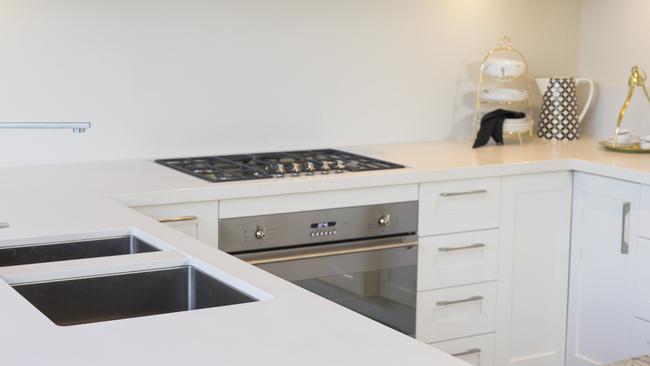
According to a 2021 report by the government’s National Dust Disease Taskforce, almost one-in-four engineered stone workers who’ve been in the since before 2018 were suffering from silicosis or another dust-related disease.
While the report did not call for the product to be banned, it recommended better health and safety recommendations such as suppressing dust with the use of water during cutting, sufficient ventilation and properly fitted masks.
But Mr Smith is adamant that if the federal government doesn’t ban the killer stone, the CFMEU will by mid 2024.
Silicosis will be discussed at a meeting of state work health and safety ministers early next year with Minister Tony Burke, including discussing calls to ban engineered stone with high-silica content, according to a spokesperson for the Department of Engineering and Workplace Relations.
“The government will continue to work with unions to address health issues that arise from exposure to silica dust,” they said.
Originally published as ‘I am only 37, but I have less than a year to live, thanks to this’





